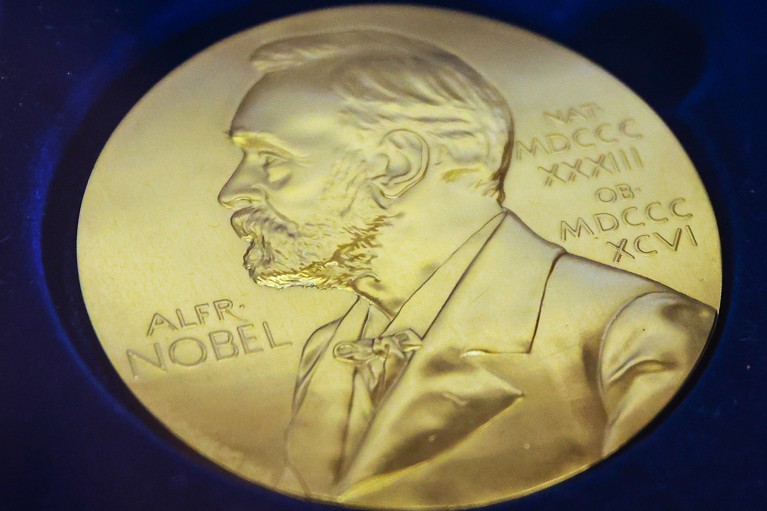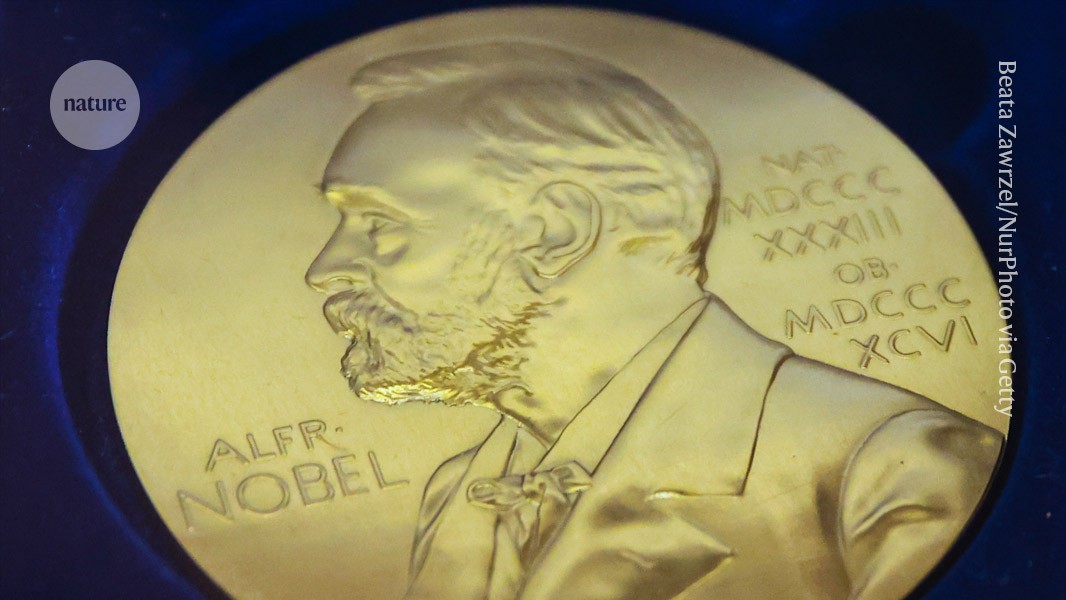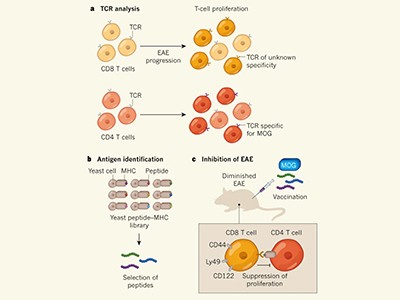
The Nobel Prize in Medicine or Physiology is awarded by the Nobel Assembly at the Karolinska Institute in Stockholm.Credit: Beata Zawrzel/NurPhoto via Getty
This year’s Nobel Prize in Physiology or Medicine has been awarded to three scientists for discovering a class of immune cells that help to prevent the body from attacking its own tissues.
Mary Brunkow, molecular biologist at the Institute for Systems Biology in Seattle, Washington, Fred Ramsdell, a scientific advisor at the firm Sonoma Biotherapeutics in Bainbridge Island, Washington and immunologist Shimon Sakaguchi at Osaka University in Suita, Japan, will share the prize of 11 million Swedish krona (US$1 million) “for their discoveries concerning peripheral immune tolerance”.
Regulatory T cells subdue an autoimmune disease
The trio “have provided fundamental knowledge of how the immune system is regulated”, said Nobel committee member Marie Wahren-Herlenius, a rheumatologist at the Karolinska Institute in Stockholm, at a press conference announcing the prize. Their discoveries help to explain “how we keep our immune system under control so we can fight all imaginable microbes and still avoid autoimmune disease”.
In 1995, Sakaguchi discovered a previously unknown subtype of T cells — called regulatory T cells1. These rare cells serve as crucial brake on the immune system — suppressing it and preventing it from over-reacting.
In experiments using a marker for regulatory T cells, Sakaguchi showed that mice lacking these cells developed autoimmune conditions of the thyroid, pancreas and other organs.
This discovery allowed researchers to isolate and work on regulatory T cells for the first time, and other research teams began to identify different types of regulatory T cell with different kinds of immune-suppressing properties.



